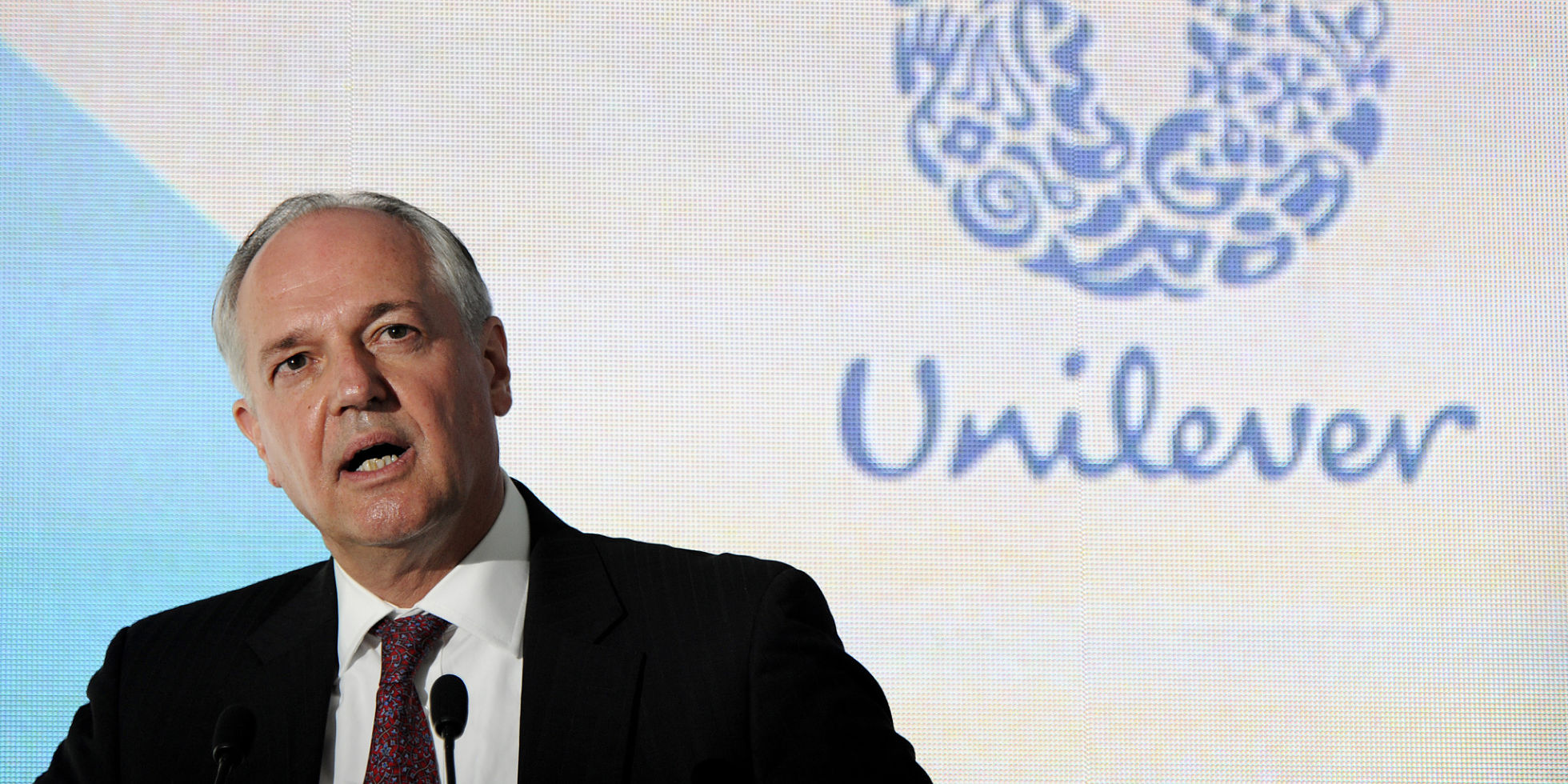The Era of Brand Purpose

What has led us to the trend for businesses to define their social purpose?
Branding dates back to the ancient Egyptians, where people marked their property.
The Industrial Revolution followed with mass production and new products. In the 1760s, marks were stamped on to pottery; by the 1820s, they were printed on to packaging; and from the 1870s, trademarks were registered.
The mass media of the 20th century meant that advertising linked brands with emotions, pleasure and self-image. In the 1960s — the Mad Men era — along came commercial brands as we know them.
Companies grew in power throughout the mid-20th century; whole corporations could be branded to grow shareholder value. Here began the practice of defining a company’s purpose and bringing it to life with a corporate identity.
But this ‘boom’ couldn’t last. With recession in the early 1990s, people questioned the brand’s purpose. Family favourite McDonald’s was labelled unhealthy, and Nike’s business practices in sweatshops were called into question.
The internet, and then social media in the early 2000s, changed the way we engage with brands. Brands are now open, participatory and peer driven, which has seen sectors disrupted by new generation brands built around a virtual community, like Airbnb and Uber.
In this time, brands increasingly became social movements. Macmillan Cancer Relief rebranded to We are Macmillan Cancer Support in 2006; one of the most successful charity sector transformations. Barack Obama’s 2008 presidential campaign Yes We Can, and the Occupy movement against economic inequality in 2011 demonstrated how campaign brands unite like-minded people behind a shared purpose.
With the internet came transparency. The calamity caused by the financial crisis of 2008 left distrust of corporate brands in its wake, fuelling a debate about the role of business: for stakeholders, employees, customers or society at large?
A new era of brands began in April 2010. Paul Polman, Chief Executive Officer of consumer goods giant Unilever, criticised the City of London’s short-term focus on ‘shareholder value’.
He went on to launch the Sustainable Living Plan to demonstrate a new – good – way of doing business. He wanted to double sales, halve the multinational’s environmental footprint, source all materials sustainably, and increase its positive social impact by helping one billion people to improve their health and wellbeing by 2020.
Polman has been a leader for brand purpose. In 2015, he was awarded the UN’s highest environmental accolade, the Champions of the Earth Award.
By September 2015, UK businesses could register as B Corporations. A certified B Corporation is a purpose-driven business that creates benefit for all stakeholders, not just shareholders.
The momentum built further in January 2016 with the United Nation’s Sustainable Development Goals. They provide a 17-point plan to solve the world’s woes, with the support of 193 governments.
In July 2016, the UK Government held an open consultation on mission-led businesses. The Government wants to help more businesses put social impact at their core to create value for society as a whole.
March 2017, Tesco launched its first campaign about its commitment to tackling food waste, with their Chief Executive Dave Lewis hailing “purpose-driven” brands as a way of building consumer trust.
How good is your brand purpose?
Our book, How good is your Brand Purpose?, provides the business case for social purpose, with cross-sector case studies, quotes and inspiration.





